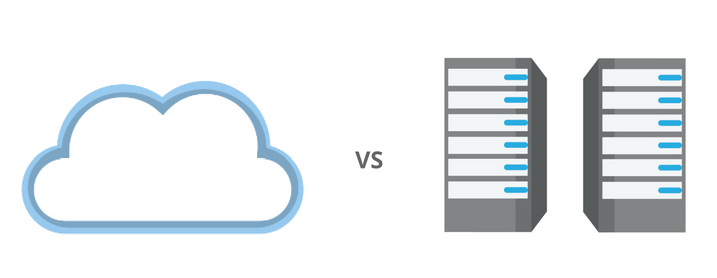According to researchers at Gartner, Cloud-based software will be the primary choice deployment model by 2020.
Gartner’s research vice president Jeffrey Mann announced that Cloud-based software would soon be the most spread default option for software deployments and that in the coming years a high percentage of largest software vendors will shift to a cloud-only model. Despite Gartner’s predictions, some companies still have a no-cloud policy as they are concerned about the security of cloud-based services, and instead preferring on-premise software.

There is a significant difference between the Cloud and on-premise software. It runs on computers that are installed remotely, while on-premise software runs on computers that are situated in the same place as the company or the client. Using this type of software provides multiple advantages, such as the possibility to access the application anytime from anywhere, remote control and management, infrastructure redundancy, no professional IT skills needed, scalability, guaranteed service uptime, subscription-based payments, software updates and much more. Instead, the only “Pro” of the on-premise software is that the company or the client can have full control over the IT infrastructure at their location. In comparison to the Cloud, on-premise is costly, as it needs hardware installation and configuration and constant maintenance. Moreover, on-premise software cannot be managed remotely, and solid IT skills are needed to run updates and maintain the infrastructure. Furthermore, with on-premise software companies can experience problems with scalability.
However, according to the Gartner research team, on-premises will not be totally replaced by Cloud, as some small companies might still prefer using on-premise software for their businesses. Nevertheless, by 2020 the most advanced software will be hosted on the cloud, forcing organizations to switch from the on-premise model to the cloud-based model.
Related articles:

